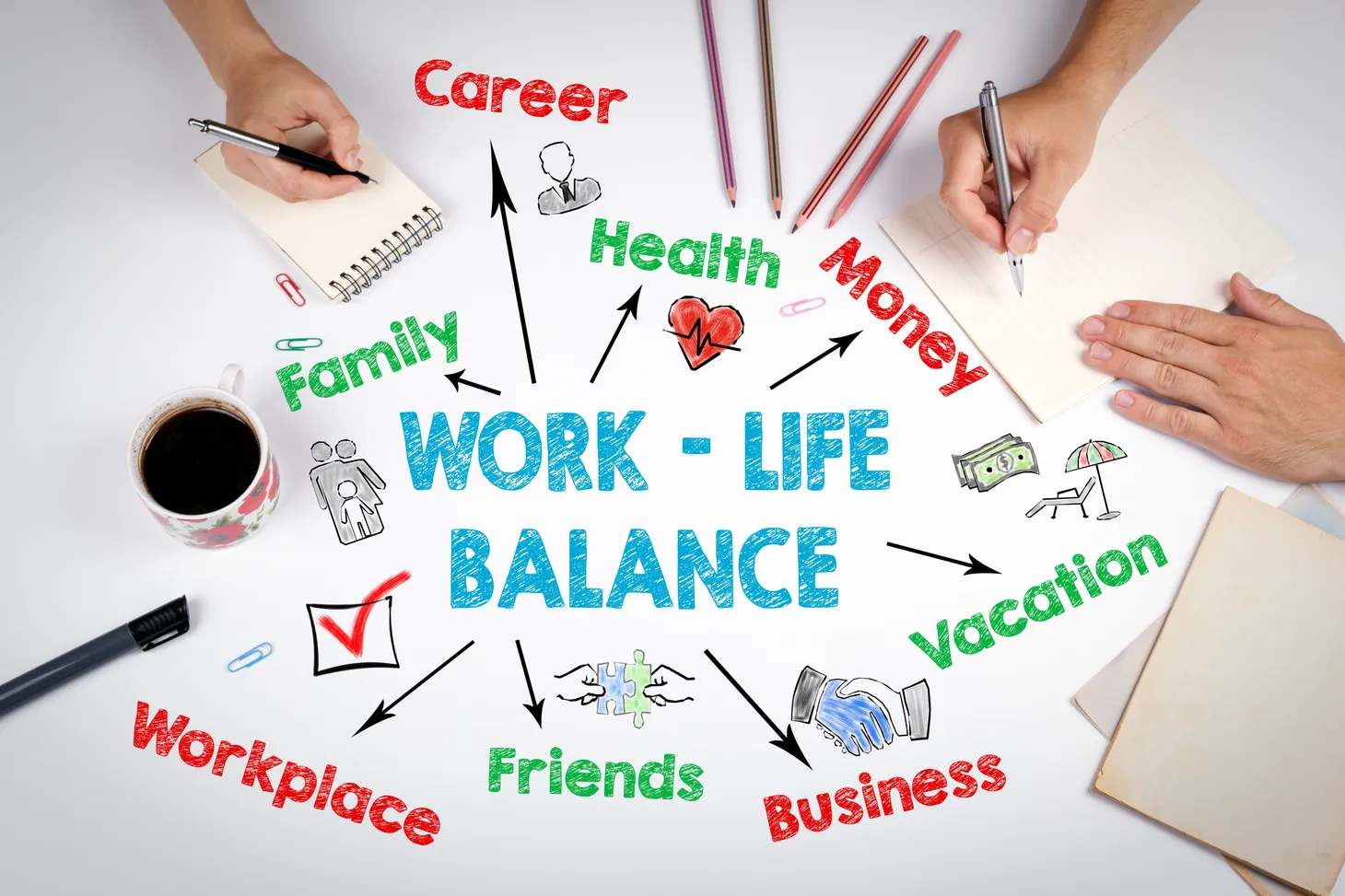Could Your Innovation Failure Be Innovation Progress?
Is innovation failure a contradiction? Innovation leaders and analysts say no. Venture Capitalist and Forbes writer Henry Doss observes that “…failure is a feature of highly innovative organizations….[T]here is a strong correlation between failure and innovation.” According to Doss, in a culture whi

Is innovation failure a contradiction? Innovation leaders and analysts say no. Venture Capitalist and Forbes writer Henry Doss observes that “…failure is a feature of highly innovative organizations….[T]here is a strong correlation between failure and innovation.” According to Doss, in a culture which is open to risk and experimentation, “[t]he paradigm is not one of failure, but one of the frequency of trial.”
Trial and Error of Innovation Failure
The old adage “if at first, you don't succeed, try, try again” may come to mind, but innovation requires more than elbow grease and repetitious ritualized tasks. “Hard work” in a culture of innovation translates to the flexibility of thought, willingness to approach problems from different perspectives, asking new questions, daring to call on “peripheral knowledge” and tapping into all the strengths of a collaborating team to explore and test new theories in an organization.
Knowledge and Inspiration
However, inspiration doesn't trump knowledge. The popular mantra that it takes “10,000 hours” to become good at anything may not be far off the mark. However, inspiration must be paired with a real mastery of a skill in order to create an environment ripe for successful innovations.
Failure is unrecognized progress towards achieving an innovative vision.
Phil McKinney
Seeing Negative Space
Innovation failure is a false label. Failure is unrecognized progress towards achieving an innovative vision. Learning to see what's possible is crucial and it is through failure that we learn to see the opportunity differently.
Perceiving challenges and solutions creatively can lead to a reassessment of apparent failures. Just as art students are taught to shift their focus from solid shapes in a picture to the “negative space” around the shapes, applying this different perspective to any business venture can lead to amazing and unforeseen breakthroughs.
There is no question that failure and success go hand in hand in innovative cultures that dare to overturn the apple cart of “business as usual.”
For me, the number of innovation failures is irrelevant. It’s the number of “attempts at new things” that counts.




